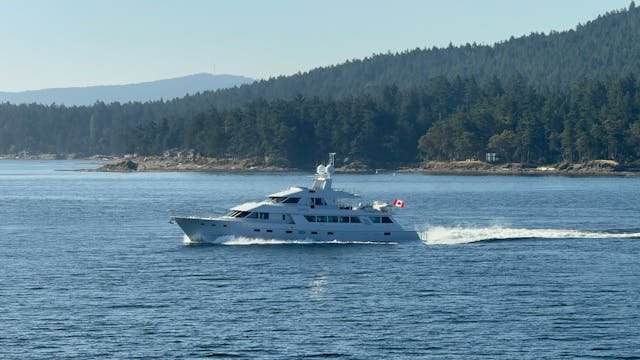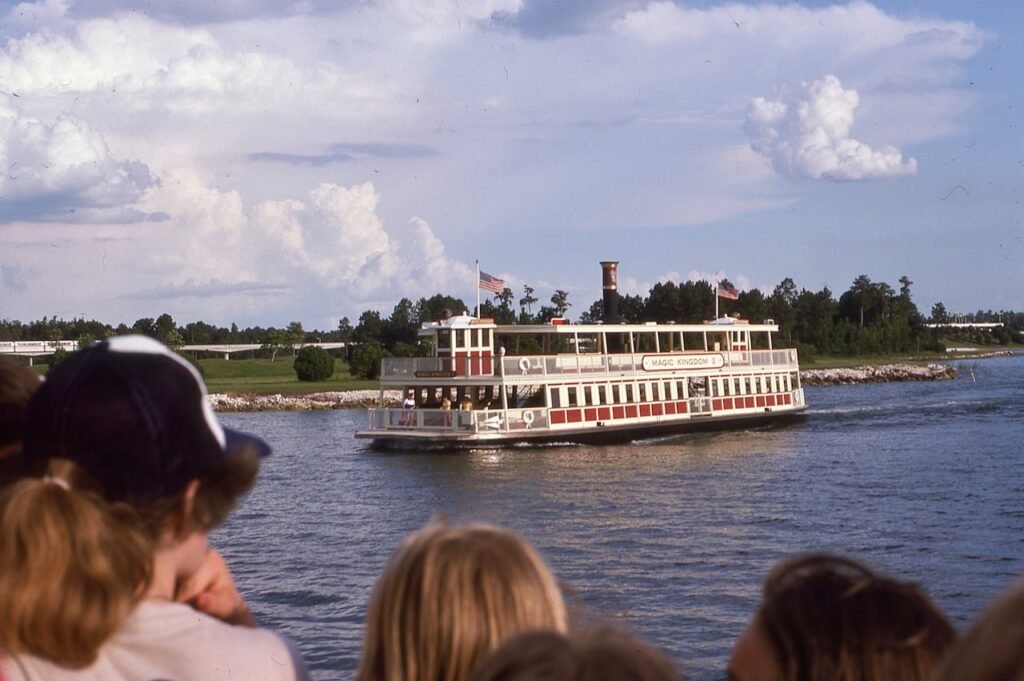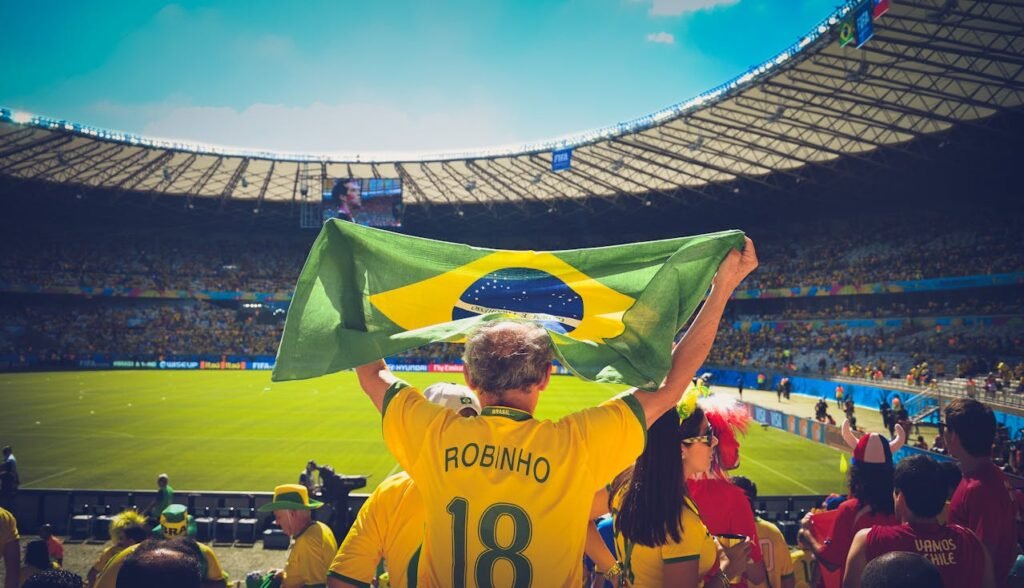Introduction
On a seemingly joyful voyage aboard a Disney Cruise Line ship, a distressing event unfolded that captured the attention of many: a 5-year-old girl fell overboard while the ship was returning to South Florida from the Bahamas. This tragic incident raised numerous questions about cruise ship safety, emergency protocols, and the overall risks passengers face while on board. In this article, we will explore the details of the incident, delve into cruise ship safety measures, discuss the role of the crew during emergencies, and provide insights into how passengers can stay safe during their voyage.
Understanding the Incident: How Did the Girl Fall Overboard on Disney’s Ship?
According to eyewitness accounts, the young girl appeared to fall overboard when her father was taking her picture near a railing. The exact moment remains unclear, but it seems the child may have lost her balance during the photo. Once the fall was noticed, a “man overboard” alert was immediately broadcast throughout the ship, triggering an emergency response from the crew.
Disney Cruise Line staff acted swiftly, launching a rescue operation that successfully recovered both the 5-year-old girl and her father from the ocean. The rescue highlights the training and readiness of crew members to respond effectively to emergencies. While the incident ended in a successful rescue, it has raised concerns about passenger safety, particularly regarding railings and passenger behavior near open decks.
What Happens When Someone Falls Overboard on a Cruise Ship?
When a person goes overboard on a cruise ship, the vessel immediately enters an emergency protocol designed to maximize the chances of rescue:
- Man Overboard Alert: The ship’s crew is alerted instantly, and all available resources are mobilized.
- Emergency Stop and Search: The ship halts or circles back to the approximate location of the incident to begin a search.
- Coordination with Authorities: The ship’s bridge contacts the Coast Guard and other local maritime rescue services.
- Use of Safety Equipment: Rescue boats, life rings, and flotation devices are deployed.
- Crew Training: Crew members conduct coordinated searches, often in difficult conditions, to locate and rescue the individual.
Despite these procedures, survival chances depend heavily on quick detection and recovery due to the hazards of open water such as cold temperatures, strong currents, and possible injuries.
Why Do People Fall Overboard From Cruise Ships?
Cruise ships are designed with passenger safety in mind, including railings that generally reach chest height. However, accidents still happen for various reasons:
- Alcohol and Drugs: Intoxication is a major factor contributing to risky behavior near railings.
- Unsupervised Children: Young passengers may climb or lean dangerously without realizing the risks.
- Unsafe Behavior: Some passengers take unnecessary risks, such as climbing on furniture or railings for photos.
- Accidental Loss of Balance: Sudden movements, waves, or distraction can cause slips and falls.
Understanding these risks is key to preventing future incidents.
Safety Measures on Disney Cruise Ships and Other Cruise Lines
Cruise ships are among the safest modes of travel when it comes to overboard prevention. Key safety measures include:
- Railings and Barriers: Typically chest-high to prevent accidental falls.
- Surveillance Cameras: Constant monitoring of public areas to detect incidents early.
- Crew Vigilance: Staff are trained to spot unsafe behavior.
- Passenger Briefings: Safety information is provided at the start of voyages.
- Man Overboard Detection Systems: Advanced technology can detect falls in some ships, although not all vessels are equipped yet.
Despite these, incidents can still happen, and the importance of passenger awareness and caution cannot be overstated.
Who is the Captain and What Is Their Role During Emergencies?
The captain of a cruise ship holds ultimate responsibility for the safety of passengers and crew. At Disney Cruise Line, the average hourly base pay for a captain is approximately $24.53 per hour, though senior captains and those with more experience earn significantly more. The captain coordinates with officers and crew to manage emergencies, communicate with rescue authorities, and ensure protocols are followed.
How Old Was the Child Who Fell Overboard on the Disney Cruise?
The child involved in this incident was a 5-year-old girl. Thankfully, she was rescued safely along with her father. This highlights the importance of close supervision of young children while onboard, especially near open decks and railings.
Do Cruise Ships Stop if You Fall Overboard?
Yes. Cruise ships typically go into emergency mode immediately upon notification of a man overboard situation. The ship may stop, slow down, or circle back to the area where the person was last seen to facilitate rescue. Time is critical, as even small delays can reduce survival chances.
What Are the Highest Paid Jobs on a Cruise Ship?
While the captain is highly responsible, other high-paying roles include:
- Executive Chef
- Cruise Director
- Chief Purser
- Hotel Director
- Human Resources Manager
These roles contribute to the smooth operation of cruise voyages and passenger satisfaction.
How Fast Do Cruise Ships Travel?
Most cruise ships, including those operated by Disney, maintain an average speed of about 20 knots (approximately 23 miles per hour). This speed balances fuel efficiency and passenger comfort, with some ships capable of higher maximum speeds (22-24 knots).

What Was the Fastest Ship to Sink?
For historical context, the RMS Lusitania sank in just 18 minutes after being torpedoed during World War I. While unrelated to modern cruise safety, this underscores the importance of emergency preparedness at sea.
FAQs About Disney Cruise Overboard Incidents and Cruise Safety
1. How did the girl fall overboard on the Disney Cruise ship?
She fell while her father was taking a picture of her near a railing.
2. What safety measures do Disney Cruise ships have to prevent overboard incidents?
They have chest-high railings, surveillance cameras, trained crew, and emergency protocols.
3. What happens when someone goes overboard on a cruise ship?
The ship immediately initiates emergency procedures, stops or circles back, and coordinates with rescue authorities.
4. How old was the child who fell overboard?
The child was 5 years old.
5. How quickly do cruise ships respond to overboard emergencies?
Response is immediate, with the ship going into emergency mode and rescue efforts starting at once.
6. Why do so many people fall overboard on cruise ships?
Common reasons include intoxication, unsafe behavior, and accidents.
7. Are cruise ship railings safe?
Yes, railings are designed to be chest-high and prevent falls, but passenger behavior is critical.
8. Does the ship stop if someone falls overboard?
Yes, ships typically stop or slow down to aid in search and rescue.
9. Who leads the rescue effort on a cruise ship?
The captain and crew lead the rescue operation, coordinating with maritime authorities.
10. What is the salary of a Disney cruise ship captain?
The base pay is estimated at about $24.53 per hour.
Conclusion
The overboard incident on the Disney Cruise ship serves as a somber reminder of the importance of vigilance and safety at sea. While cruise lines like Disney have extensive safety measures and highly trained crews, passenger awareness and caution remain essential. By understanding the protocols in place, the risks involved, and how crew members respond in emergencies, travelers can enjoy the magic of a cruise with greater peace of mind.
For families and passengers, especially those traveling with young children, always supervise closely near railings and avoid risky behaviors. The ocean is a beautiful but unpredictable environment, and safety must always be the top priority.



